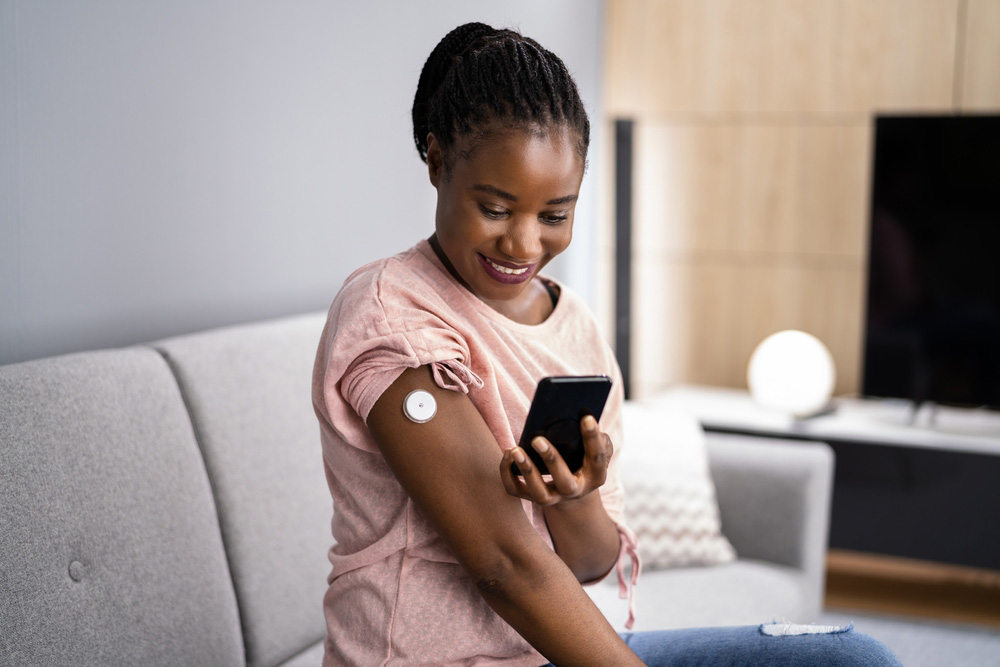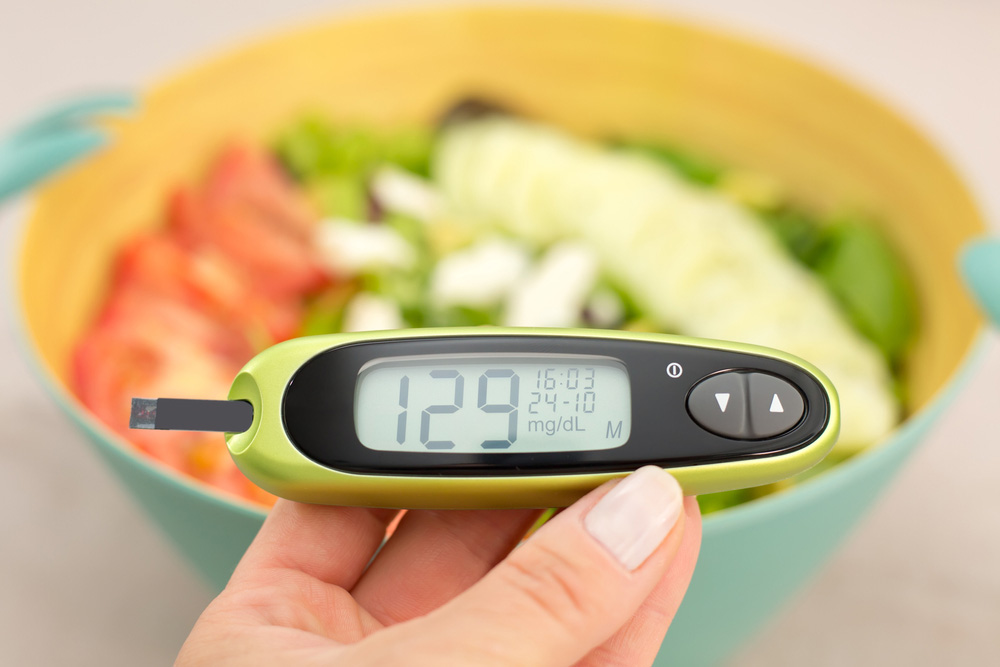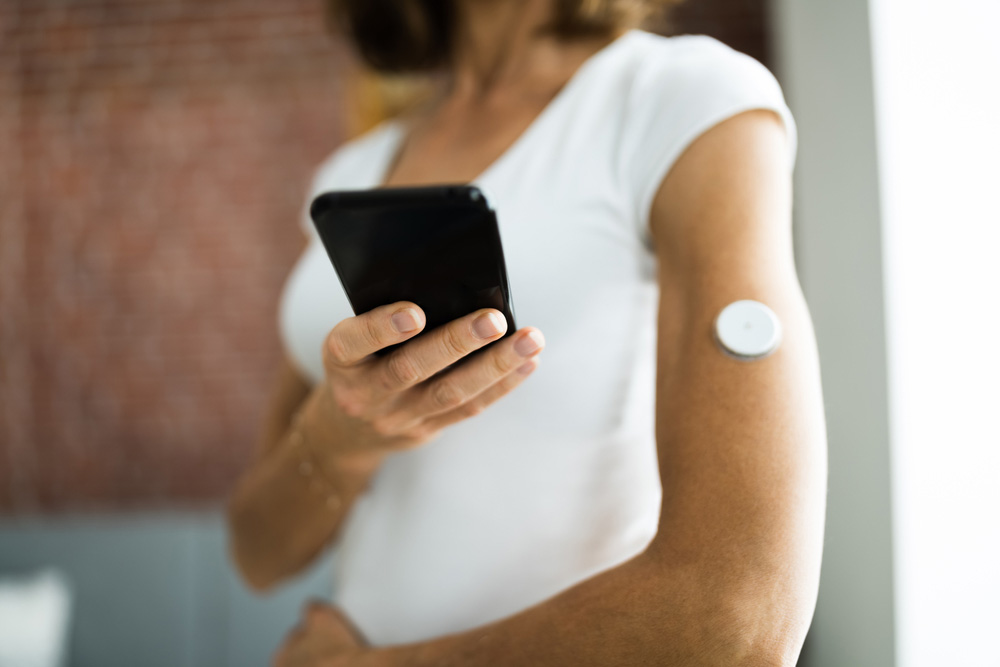
How to Choose a Glucose Monitoring Device for Diabetes?
In the United States alone, 1 out of every 10 people has diabetes. That comes to 37.3 million individuals, with a total population of 422 million estimated globally.
To optimally manage your diabetes, it becomes important to know how to track your blood glucose levels on your own. This is where a blood glucose meter comes in.
However, sometimes it can be hard to know which glucose monitoring device is most suitable for you since there are different types. Your doctor’s recommendation is usually the best, but you can also use other factors to figure it out.
That’s why in this guide, we’ll take a look at the various glucose monitor types to help you find the one you’re looking for.
What Are Glucose Monitoring Devices?
Glucose monitoring devices, also known as glucometers, are small devices that can be used to get blood glucose readings.
There are different types of blood glucose meters, including the standard blood glucose monitor (BGM), the continuous glucose monitor (CGM), and the flash glucose monitor (FGM).
Regardless of the type, a glucose monitoring system is very important in diabetes management. It allows a patient to use their medication as soon as their blood sugar levels measure above normal sugar levels and eat something when they have low blood glucose.
The Difference Between BGM, CGM, and FGM

There are three major types of blood glucose meters, and they all work to provide a patient with glucose readings, but what is the actual difference between them?
Standard blood glucose monitor (BGM)
When most people think of a blood glucose meter, they think of standard glucose monitors.
This tends to be a small machine, small enough to fit in your palm. Paired with special test strips, it can be used to measure your blood sugar level at a given time.
To use a regular glucose meter, you insert a test strip into the machine, prick your finger with a lancing tool, then place a drop of blood on the test strip.
The meter will be able to determine the glucose levels in the sample thanks to chemicals in the strip, and it will display your blood sugar level in a few seconds.
Continuous glucose monitor (CGM)
Continuous glucose monitors can provide information on a person’s glucose levels by checking them every few minutes.
Continuous glucose monitoring works by having a tiny sensor inserted under the skin of the abdomen or the upper arm. From there, the device can monitor a person’s interstitial glucose level, which is the glucose found in the interstitial fluid between the cells in the body. This is great for observing glucose trends throughout the day.
A CGM system comprises the sensor, which measures the glucose levels, and then the monitor, which wirelessly receives the information from the continuous glucose monitoring device. In some cases, the CGM system can send this glucose data directly to your smartphone.
Many CGM systems also have optional alarms that can alert you when the sensor measures your blood sugar to be too high or low. CGM systems can also be paired with an insulin pump to automatically administer insulin when sugar levels go up.
However, according to the National Institute of Diabetes and Digestive and Kidney Diseases, a CGM sensor cannot be used to make treatment decisions. Any changes to medication need to be made after confirming readings with a regular glucose test.
Flash glucose monitor (FGM)
A flash glucose meter is the best of both worlds between a BGM and CGM system. The sensor is attached to the back of the upper arm, where it provides continuous glucose monitoring every minute.
The primary product in this new category is the Abbott FreeStyle Libre 3 system.
What makes it great is that you can get your glucose level at a particular moment, similar to standard blood glucose monitoring. But then, just like a CGM system, FreeStyle Libre allows for continuous glucose monitoring, in this case, as far as the last 8 hours.
However, FreeStyle Libre cannot be used for glucose control as it is yet to be made compatible with any type of insulin pump.
When Do You Use a Blood Glucose Meter?

Once you are diagnosed with diabetes, it is a very good idea to get a glucometer to measure your sugar levels at home.
When it comes to standard glucose monitors, patients with type 2 diabetes should keep an eye on their glucose level, but the exact interval tends to depend on what your doctor recommends.
Patients who take insulin may need to check their glucose level before each meal, though depending on the type of insulin, some may only need to check before breakfast or bed. It all depends on your doctor’s recommendation.
However, those who just use oral hypoglycemic medications or make lifestyle changes may not even need to keep track of their glucose every day. You should make sure to follow whatever your healthcare professionals determine is best for you.
Patients with type 2 diabetes can opt for continuous monitoring, though there isn’t much evidence that a CGM device provides great benefits for patients with this type of diabetes.
How to Choose a Glucometer to Track Your Blood Sugar?
Now, deciding which glucose meter is best for you to check your glucose with can be hard. However, there are a few general guidelines you can follow to make this decision easier for you.
- First off, it is recommended that you go with whichever meter your doctor recommends for you. They have prescribed many and will likely be able to let you know the best brand and type for you. They will also let you know whether CGM devices and an insulin pump are appropriate for you.
- Check the meters that are a part of your insurance coverage. Some companies have a catalog of devices they cover as part of the insurance plan.
- If your insurance coverage doesn’t include a glucometer, you need to take note of the cost and choose one within your budget.
- Choose a glucometer that aligns with your needs for tracking your data. Some people are fine with keeping track of glucose level data in a notebook, but others might want a smart device that can store their glucose levels and even allow them to download data to a computer.
- It is also a good idea to get a glucometer that you can easily sync with any app you’re using to manage your diabetes, such as Klinio. You can easily connect your glucometer with the Klinio app in a few steps.
- You should also look at the special features that these meters can come with, such as a backlit display, one that can read out your results, or the kind that can store the strips in the meter itself.
Conclusion

Understanding the difference between the types of glucose monitoring devices makes it easier to choose the right one for yourself. For instance, a continuous glucose monitor has many advantages but is not appropriate for everyone.
If your doctor makes a recommendation, it is always a good idea to go along with their suggestion, as well as how many times to use it each day, according to their treatment plan. However, you may also want to consider insurance coverage, the cost of the meter, and any special features it might have.
It is always great to go with a glucometer that you can link to an app like Klinio. With Klinio, you can track your sugar levels in the app but get a more complete picture of your health by tracking medications, blood pressure, calorie intake, etc. It can also help you develop a personalized grocery list for each week and a meal plan that is made just for you. Along with your diet, exercise can improve glycemic control in people with type 2 diabetes. Klinio helps you exercise using equipment-free workouts you can do right in your living room.







